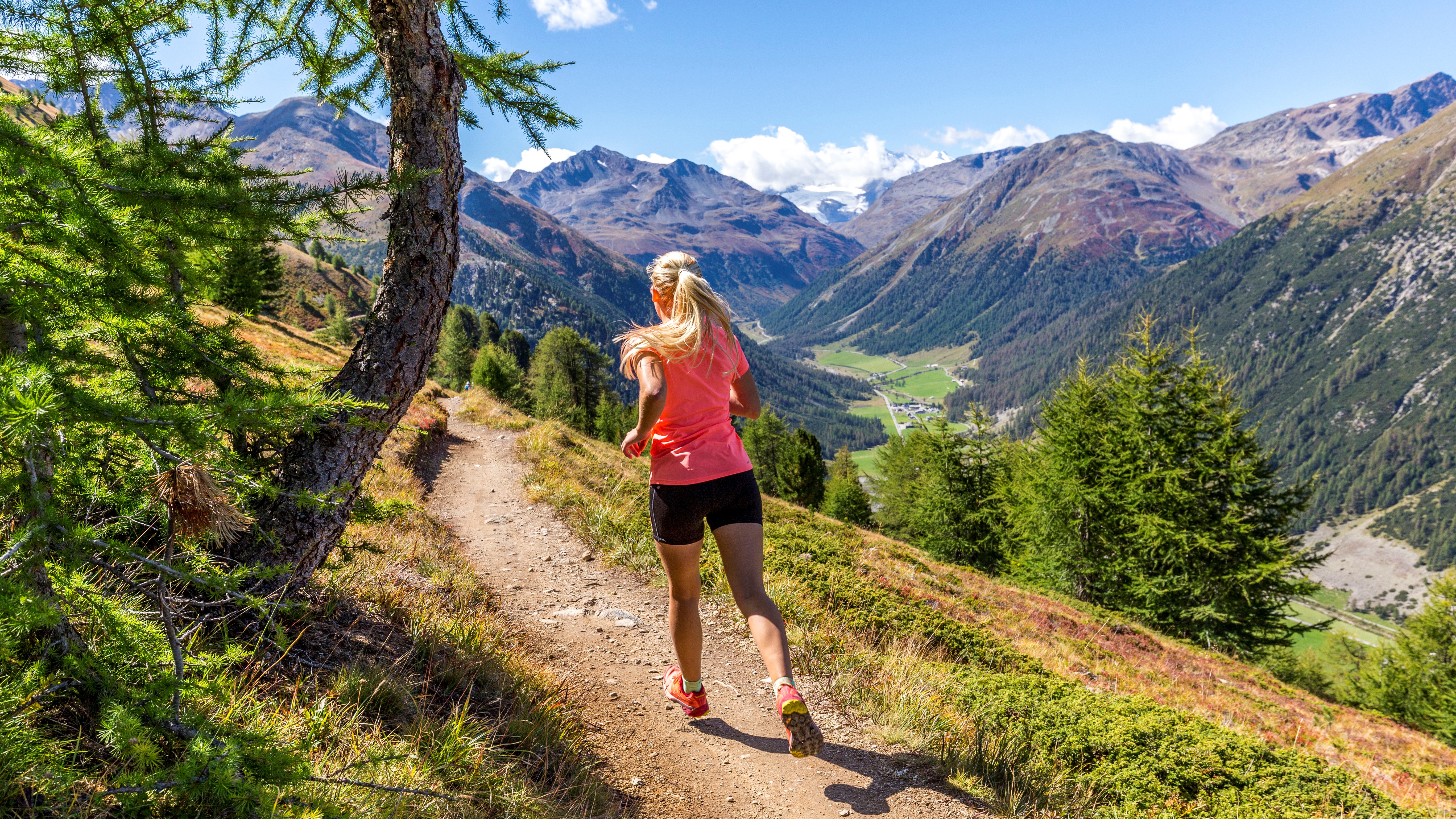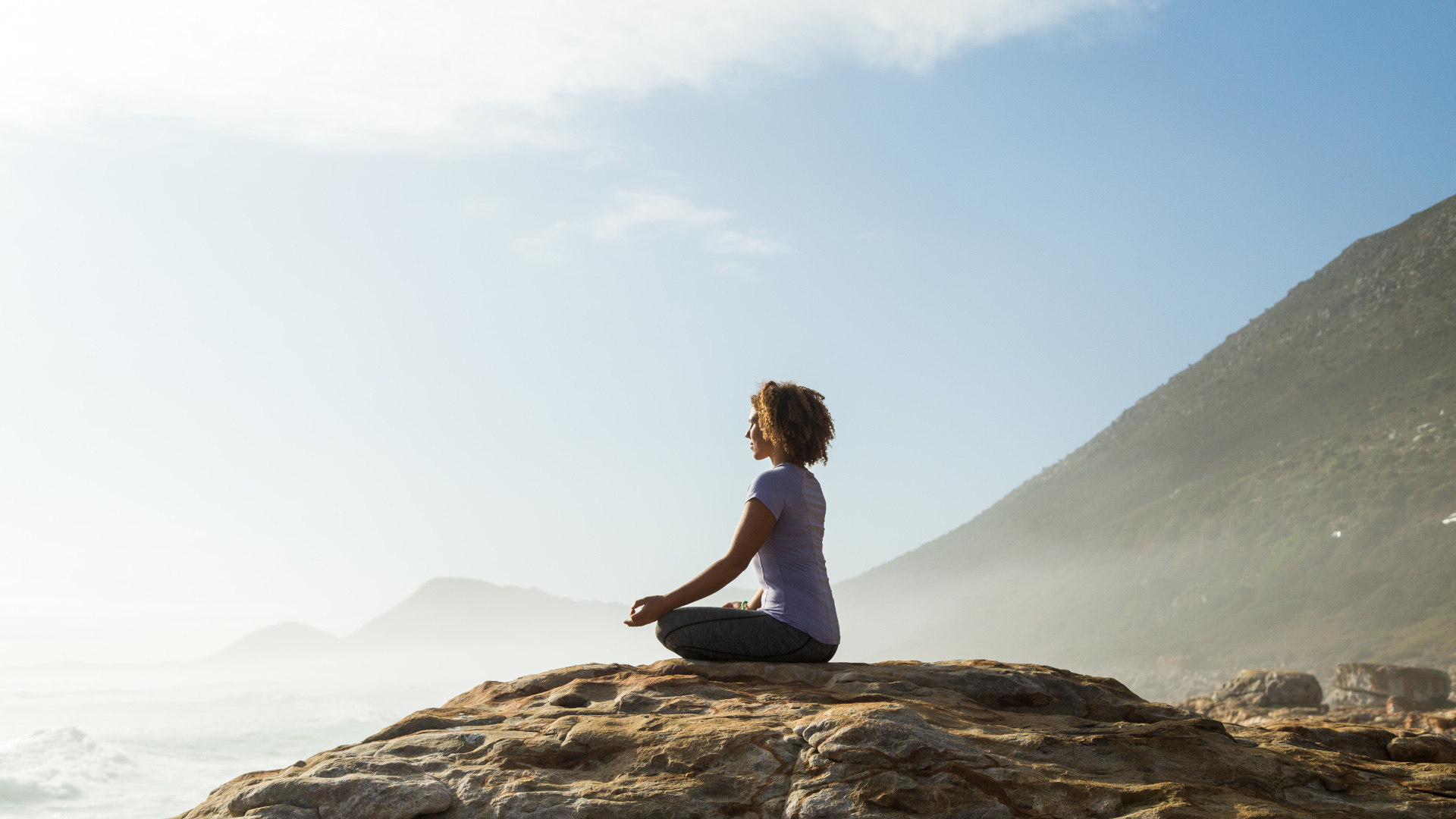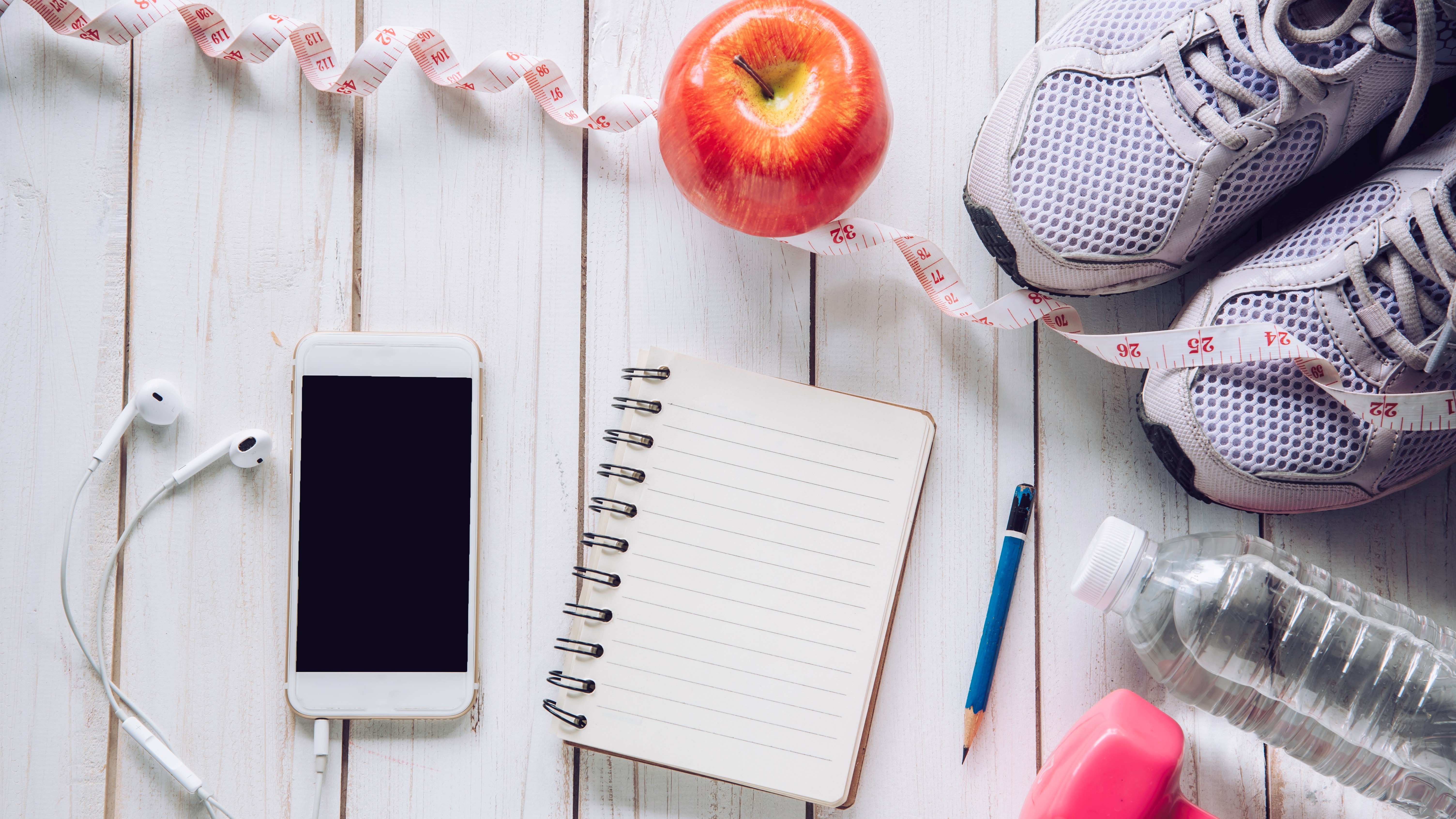The yoga of trail running – how ancient philosophy can make you a better runner
It turns out that yoga philosophy can provide a handy guide for tackling adversity on the trail

If your idea of yoga is stretching, then pairing it with trail running might seem obvious. After all, the impact of running combined with strengthening your hips, knees and ankles within a pretty short range of motion can have the unfortunate side effects of leaving you with aches, pain and stiffness. Stretching – and moving your joints through a more dynamic arc of movement – can help to counter those symptoms.
But if you know anything about yoga, you’ll know that there’s a whole lot more to it than just stretching your hamstrings. In fact, the idea of stretching anything besides your mind and consciousness is relatively new even within the canon of yoga texts – the first real mention of yoga as a physical practice comes in the text The Hatha Yoga Pradipika, which was written in the 15th century, making it a relatively recent idea.
I’ve been teaching yoga since 2008 and I’m also a trail runner. Though I’m a devotee of the physical practice, known as Hatha Yoga, and love yoga stretches for runners to balance the 20 - 30k per week I spend in my trail running shoes, I’ve found that yoga philosophy is actually a much more interesting and effective way to integrate the two activities.

The Yoga Sutras of Patanjali, thought to be around two thousand years old, is the best-known of the ancient yoga texts, and though it doesn’t spend any time at all extolling the virtues of downward facing dog, it does lay out a set of ethical precepts by which all yogis should live.
The Yamas (moral restraints) and Niyamas (moral observances) comprise 10 behaviors that form a moral code for those wishing to enter into a yogic lifestyle. Though they were originally conceived for those entering a monastic life, I’ve found that they serve me pretty well on the trail.
Read on for the yoga of trail running, and how this ancient philosophy can make you a better – or at least happier – runner.

The 5 Yamas
The five Yamas lay out a code for interacting with the world around you in an ethical way that is considerate, respectful and compassionate.
All the latest inspiration, tips and guides to help you plan your next Advnture!
1. Non-violence
Hopefully, I don’t need to tell you not to push others out of the way when you’re tearing down the trail, but non-harming also means staying on the trail to reduce your impact on the local ecosystem and not dropping running gel packets that can harm the wildlife. Oh, and bury your poo properly too when you’re out on a long run.
2. Truthfulness
Honesty can really be a virtue when it comes to training. Get real with yourself about your fitness levels, what you actually want to achieve and whether you have the commitment levels to do it. Writing down goals and following a training plan will be much more effective than just seeing how far you can push yourself every day.
Also, while you’re on the trail, observe trail running etiquette like avoiding trail closures – even if no one is watching.

3. Non-stealing
Here I’m not talking about not pinching someone else’s running vest that they left lying around, although you obviously shouldn’t do that. Once you get into studying the Sutras, however, you realize that stealing can come in many forms, and one of the main ways that we steal from others is through their time.
If your loved ones are making accommodations, like your partner taking care of the kids so you can get your long runs, make sure you’re not over-relying on their generosity and getting back later than arranged, and return the favor by giving them a break to do something they love.
4. Right use of energy
In all honesty, this Yama is actually called “Brahmacharya” which translates into celibacy and that’s not really something I could get my head around as a young yogi until I discovered that it can also be interpreted as the right use of energy. Basically, I interpret this as channeling your focus.
If you want to improve your pace or run your first marathon, examine behaviors that might impair your ability to do so – late nights or excessive alcohol use, and cut back on these. It doesn’t mean you don’t get to have any fun, it really just means you’ll have more fun on the trail.

5. Non-greed
Let’s face it, we trail runners are a bit of an obsessive breed, so greed can show up in all sorts of ways – hoarding running shoes, always “needing” the newest trail running tech and logging junk miles. Listen to your body for cues of depletion and, even when your GPS watch says you should be recovered, if your body says you need more rest, listen. Schedule in rest days, practice active rest and don’t train to the point of injury.
Basically, Learn to recognize the line between commitment and greed and tow that line with grace. Two pairs of shoes is enough, every running watch you buy takes something from the planet and overtraining syndrome is a real thing.
The 5 Niyamas
While the Yamas are more focused on how you interact with others, the Niyamas concern how you treat yourself and are thought to support healthy living – essential for runners.
1. Personal hygiene
Cleanliness on the trail? Not likely. You’re going to get dirty and sweaty, if you’re doing it right. But when you get home, it is good practice to hit the shower (or end your run with a wild swim if you’re fastpacking for a few days).
Letting grime and bacteria build up on your skin doesn’t just make life unpleasant for your loved ones and co-workers, it can increase your risk of fungal infections like athlete’s foot. Washing your stinky running kit and cleaning your trail running shoes doesn’t just take care of odor, it helps your gear last longer, too.

2. Contentment
If you just run for the love of running, contentment is a lot easier to practice than if you’re competing. It can be truly challenging to be content with not making the podium and simply participating, while seeing other runners sprint by you on the trail can definitely leave you feeling inadequate.
However, there is some evidence that higher contentment is positively correlated with increased motivation, at least according to one 2016 thesis on college athletes from Washington State University and it’s well-known that maintaining a positive mental attitude can actually improve your athletic performance.
Even if you don’t hit your markers for pace or time, be glad that you have the physical ability and means to be out on the trail in the first place.
3. Discipline
Running can teach you a lot about discipline and on the trail, there’s really nowhere to hide. Well, you might want to jump into the bushes at times, but basically you’re face-to-face with your own inner dialogue, perceived limitations and often you have to dig really deep to find the motivation to lace up, get out the door, run not walk.
In yoga, this particular observance is often compared to an inner fire that needs to be stoked, and using mental tactics such as visualization and meditation for runners can be required to really break through those mental patterns of suffering and resistance. But all that said, yes, it’s okay to walk the uphills.

4. Self-reflection
Looking at the metrics from your running watch is great, but taking some regular time to write in a journal after runs and races can be more than just an effective training tool. Sure, writing down your benchmarks and distances can be helpful, but also reflecting on your emotional state and attitude can help you to build a clearer picture of your responses, mental health and essentially refine your sense of self-awareness, which is the ultimate goal of yoga.
5. Surrender to a higher power
Of all the Niyamas, this one can be the hardest to understand in the context of trail running. Surrendering to a divine power might be a fine way to go through life in a monastery, but when you’re on the trail, don’t you actually want to take action to ensure that you don’t get lost and stay safe, never mind meet your performance goals?
After spending years discussing this observance with my teachers, I’ve come to define it in two ways that are helpful to me on the trail. The first lies in giving up a little control. Do what you can in terms of preparation and training, but remember there are so many variables out of your control – weather, injury and other competitors for starters. Thinking you can control everything only ends in disappointment, so give a little up to the universe and you’ll be happier.
Second, there will be times when, despite you doing everything perfectly, your body just isn’t up to the task on the day. Pushing through does sometimes work, but it can also often end in tears, or injury. Know when it’s time to surrender and get some rest.
Julia Clarke is a staff writer for Advnture.com and the author of the book Restorative Yoga for Beginners. She loves to explore mountains on foot, bike, skis and belay and then recover on the the yoga mat. Julia graduated with a degree in journalism in 2004 and spent eight years working as a radio presenter in Kansas City, Vermont, Boston and New York City before discovering the joys of the Rocky Mountains. She then detoured west to Colorado and enjoyed 11 years teaching yoga in Vail before returning to her hometown of Glasgow, Scotland in 2020 to focus on family and writing.

